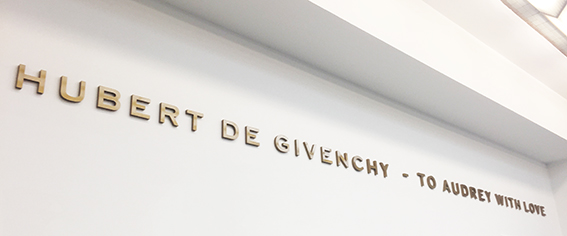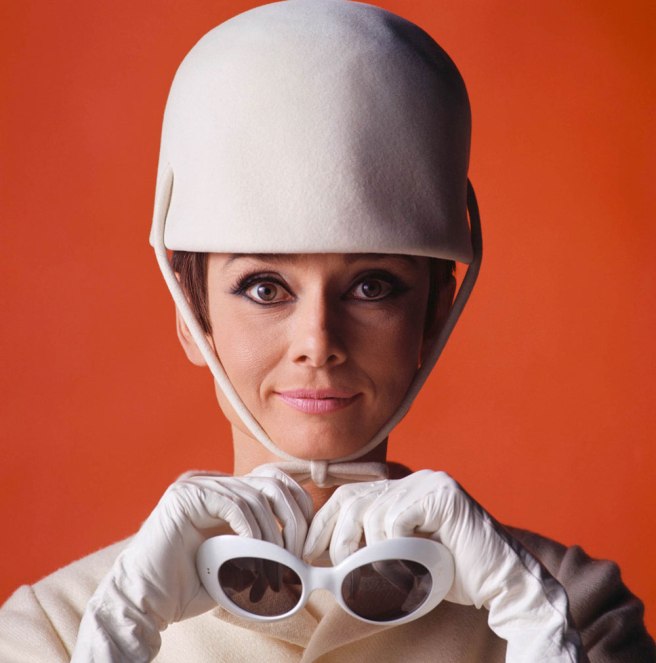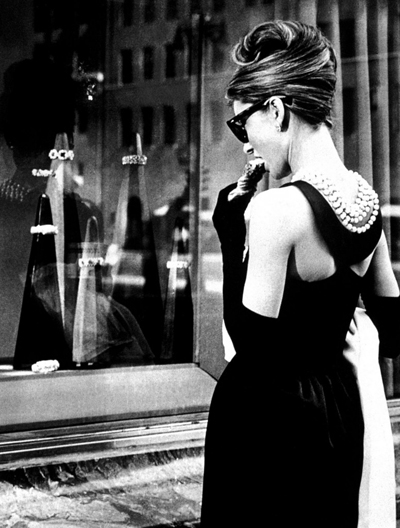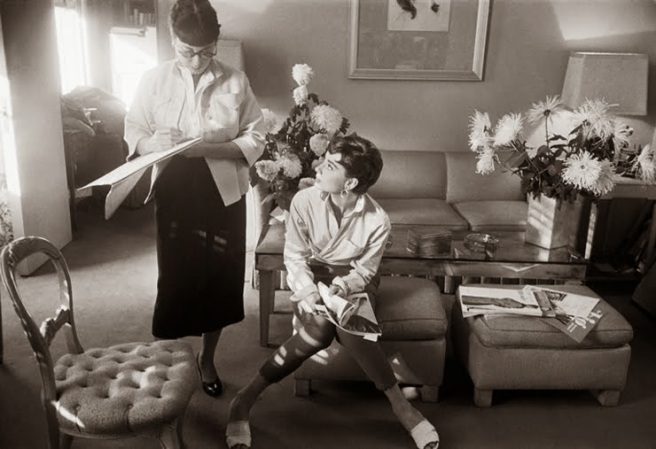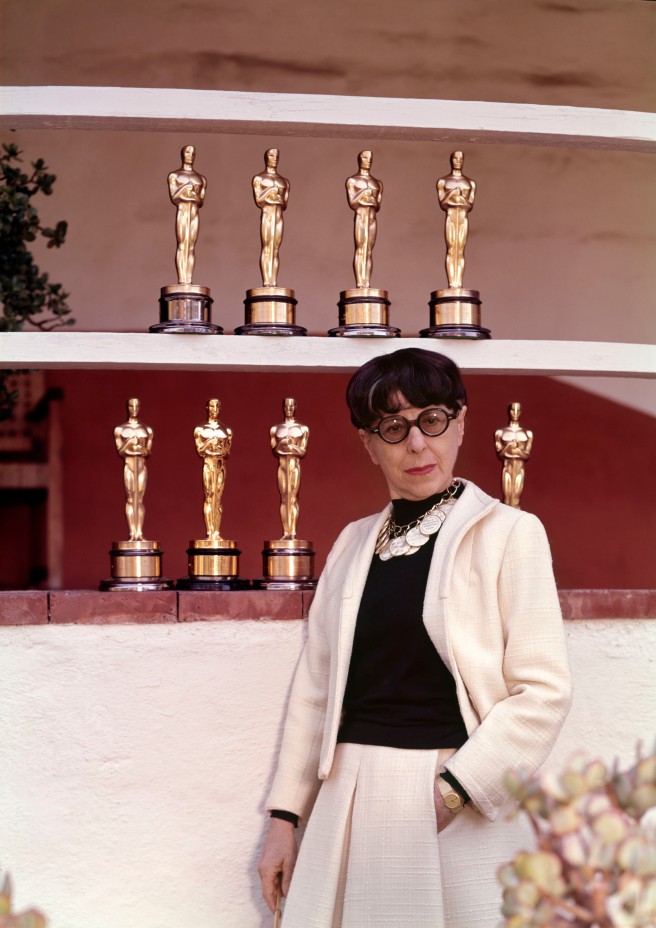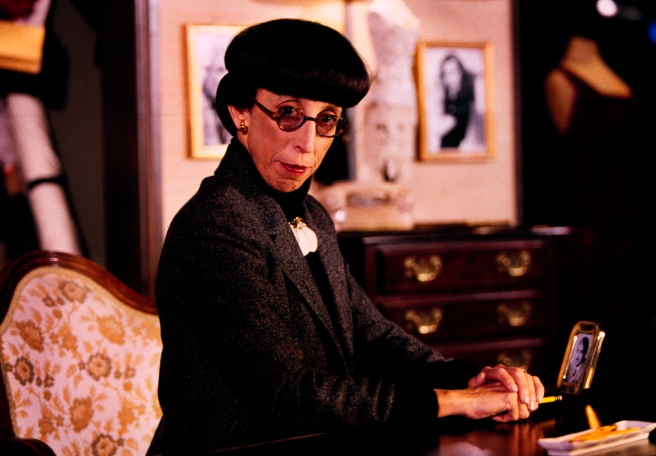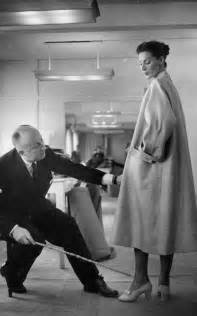
From a very young age it was obvious to those who knew Yves Saint Laurent that he was destined to be designing fashion. His passion, talent, and delicate nature were all intuitive of him having a very long and successful career in the industry. Being taught the tricks of the trade by one of the greatest couturiers ever, Saint Laurent certainly had a brilliant foundation to carve out his own style and fashion empire, which is still a popular brand in today’s marketplace. The 1960’s would not have been what it was had it not been for the Avant Garde style and ingenuity of Yves Saint Laurent.
Born in August in 1936, Saint Laurent grew up in with his parents and 2 sisters in Oran, Algeria, and spent much of his childhood creating paper dolls and costumes for him and his sisters to play with. He had a natural talent for sketching which was embraced and encouraged by his family. Saint Laurent was not popular in school and often bullied because of his feminine nature. With the love and support from his family however, Saint Laurent chased his dreams of Paris and couture fashion, and at only 17 was fortunate enough to meet the editor of French Vogue, Michael de Brunhoff, who was instantly struck by the raw talent displayed in Saint Laurent’s sketches. With this encouragement also, Saint Laurent enrolled at the Chambre Syndicale de la Couture, in Paris, and was soon being noticed by many designers of the time. Through de Brunhoff, Saint Laurent had possibly the most important meeting of his life, being introduced to Christian Dior, where he gained an apprenticeship at the House of Dior once he had completed his studies.

To begin with Saint Laurent’s duties were restricted by Dior, possibly as a teaching method. So it came as a shock when only 2 years later after Dior’s primitive death, that Saint Laurent was appointed the new head designer. He was only 21! With the financial success of the brand weighing heavily on his shoulders, Saint Laurent took the reins and did not disappoint. In his first collection for the House of Dior in 1957, the straight line of his creations, a softer version of Dior’s New Look, catapulted him to international stardom with what would later be known as the trapeze dress. His next few collections however, did not receive the same amount of acclaim, as Saint Laurent tried to introduce hobble skirts and beatnik fashions.
Then in 1960, Saint Laurent had to return to Algeria where he had been conscription to fight for the country’s independence. After only 20 days in the military, Saint Laurent ended up in hospital sighted with not being able to cope with the pressures of war. Only 2 months after he left, Saint Laurent returned to Paris subsequently being discharged, but discovered his position at Dior was no longer there. He had been replaced, and after successfully suing the House of Dior, found himself with enough financial backing to open his own couture house. Along with Pierre Berge his life partner, the two worked side by side and established the YSL brand. It sat at the top of the fashion empire for the next two decades, with styles such as the Pea Coat, Jumpsuit, Le Smoking Jacket, and the boyish Beatnik fashions, being some of YSL’s most notable creations.
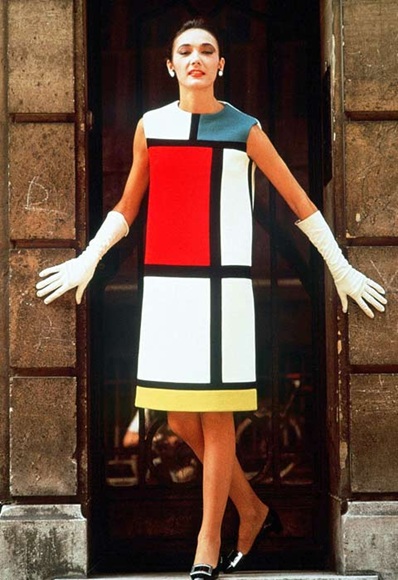
One woman who became Saint Laurent’s biggest supported was Catherine Deneuve, who wore many YSL ensembles over the years. Saint Laurent drew much of his inspiration from artists, including Matisse, Picasso and Mondrian. Many of his collections displayed embroidery based on the colours and paintings of these artists. Saint Laurent was the first French couturier to come out with a full prêt-à-porter (ready-to-wear) line and in 1967 opened his first off the peg store in Paris’s 6th arrondissment. His first customer was Catherine Deneuve. The YSL brand now encompasses clothing, jewellery, makeup, luggage and fragrance. It’s a global brand with the initials of the great Yves Saint Laurent being instantly recognisable the world over.
The pressure of completing two couture lines and two ready-to-wears lines every year soon took its toll on Saint Laurent, and he frequently turned to drugs and alcohol to try and get through it. At some shows, he could barely walk down the runway and had to be supported by his models. Then in 1987, after a disastrous ready-to-wear collection, he turned the line over to his assistants. The line remained ever popular with his fans.

In later life, Saint Laurent was honoured by the Metropolitan Museum of Art with a solo exhibition. Finally in 2002, Saint Laurent retired after 30 years creating. He became a recluse after this, spending his time between his homes in Normandy and Morocco with his French bulldog and partner Pierre Berge. Saint Laurent died on 1 June 2008, of brain cancer at his residence in Paris. It was reported that a few days before his death, Saint Laurent and Berge were married in a civil ceremony. He was given a catholic funeral in Paris before his ashes were returned to his home in Morocco where they were scattered amongst the garden in which Saint Laurent had often gone to, to find inspiration and solace through-out his career.
Yves Saint Laurent was a man of great talent. Even though he often lived a somewhat troubled life, the legacy left behind is one that shall never be forgotten. Tom Ford became the artistic director of YSL for a few years after Saint Laurent’s departure, and the brand lives on today through other talents such as Hedi Slimane and Anthony Vaccarello. It is a brand that I shall always think of first when it comes to Safari Suits, Power Dressing and the ever famous Shift Dress that can never be forgotten because of Saint Laurent’s use of colour blocking.
Love Always, Anastacia Rose xx


